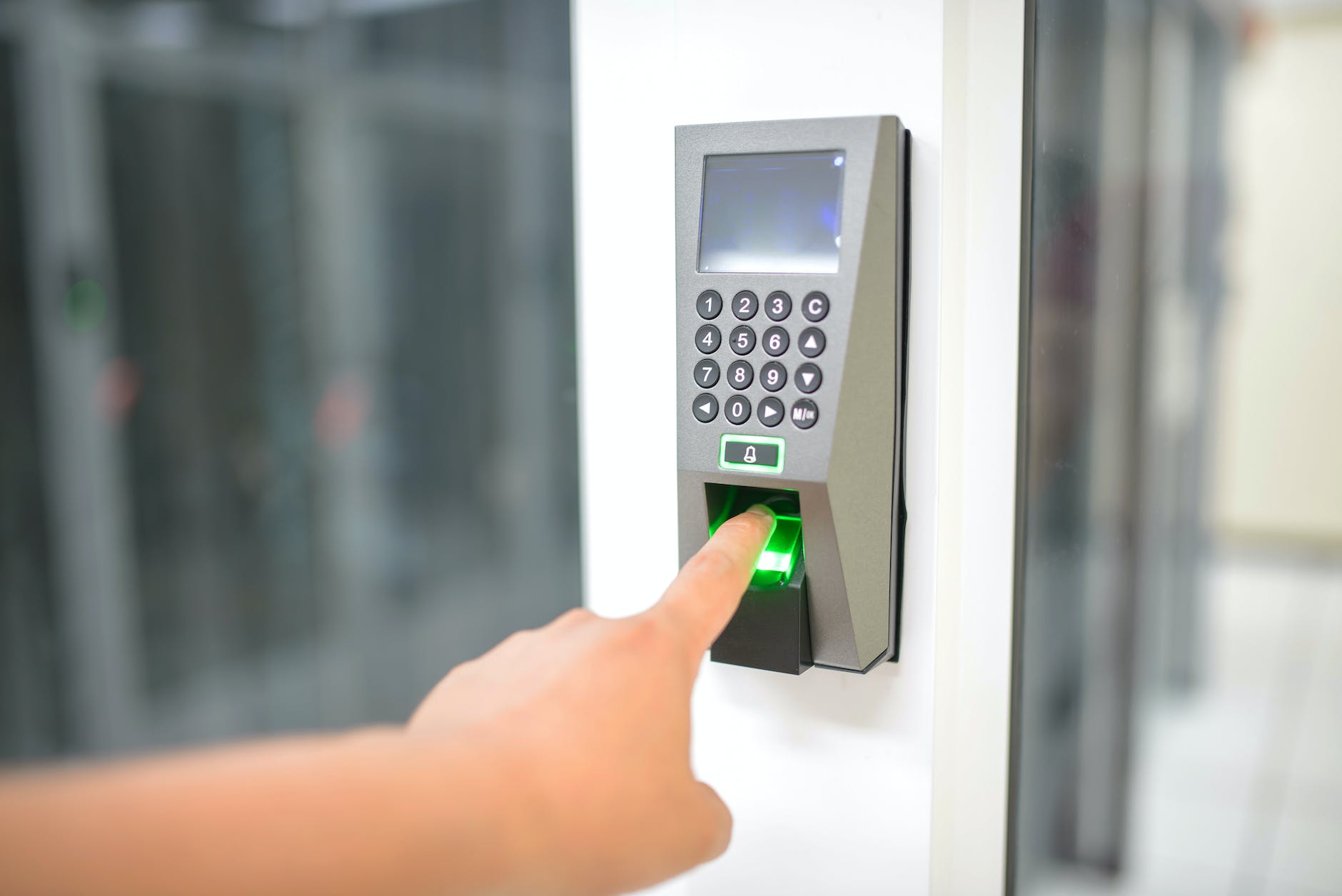
Lockout Tagout Verification: Ensuring Safety in Hazardous Work Environments
Lockout Tagout verification is a critical process that plays a pivotal role in ensuring the safety of workers in industries with hazardous machinery and equipment. The purpose of LOTO is to prevent unexpected machine startup or release of hazardous energy during maintenance or servicing activities, which can lead to severe injuries or even fatalities. In this article, we’ll delve into the importance of LOTO verification, the key steps involved, and the benefits it brings to both workers and organizations.
Introduction to Lockout Tagout (LOTO)
Lockout Tagout is a safety procedure that ensures the complete isolation of hazardous energy sources from machines and equipment during maintenance, repair, or servicing. It involves the use of locks and tags to secure energy isolation devices, preventing accidental startup or release of stored energy.
The Significance of LOTO Verification
LOTO verification is the process of confirming that all hazardous energy sources have been effectively isolated and secured before any maintenance activity begins. It serves as a crucial double-check to prevent potential accidents caused by unexpected energy release.
Understanding the LOTO Verification Process
Identification of Energy Sources
The first step in LOTO verification is identifying all energy sources that need to be isolated. This includes electrical, mechanical, hydraulic, and pneumatic sources that could pose a danger to workers.
Isolation of Energy Sources
Once identified, each energy source must be isolated using appropriate energy isolation devices such as switches, valves, or circuit breakers. This ensures that no energy can flow to the equipment during maintenance.
Application of Locks and Tags
Locks and tags are then applied to the energy isolation devices. Locks physically prevent the activation of switches or valves, while tags provide visual warnings and information about the maintenance in progress.
Testing the Energy Isolation
Before commencing work, a test is conducted to ensure that the equipment remains inoperative. This involves attempting to start the equipment to verify that energy isolation has been successful.
Compliance with LOTO Standards and Regulations
Organizations must adhere to specific standards and regulations related to LOTO. These regulations are in place to protect workers and ensure a standardized approach to safety.
Benefits of Effective LOTO Verification
Enhanced Worker Safety
LOTO verification greatly enhances worker safety by preventing unexpected equipment activation. This minimizes the risk of accidents and injuries during maintenance activities.
Prevention of Accidents
By isolating energy sources, LOTO verification eliminates the potential for equipment to start unexpectedly, reducing the likelihood of accidents caused by moving parts or stored energy.
Legal and Regulatory Compliance
Organizations that implement proper LOTO procedures and verification demonstrate compliance with safety regulations, avoiding legal penalties and reputational damage.
Reduced Downtime
While LOTO verification requires time, it ultimately leads to reduced downtime due to the prevention of accidents. This helps organizations maintain smooth operations.
Challenges in Implementing LOTO Verification
Implementing LOTO verification can pose challenges such as employee resistance, lack of awareness, and the complexity of machinery. Overcoming these challenges requires thorough training and communication.
Training and Education on LOTO Procedures
Proper training and education are essential for both workers and management to understand LOTO procedures, the importance of verification, and their roles in ensuring safety.
The Role of Technology in LOTO Verification
Technology, such as electronic locks and computerized tracking systems, can enhance LOTO verification by providing more efficient and foolproof ways of isolating energy sources.
Steps to Establish an Effective LOTO Program
- Assessment: Identify energy sources and potential risks.
- Procedure Development: Create clear and comprehensive LOTO procedures.
- Training: Train employees on LOTO processes and verification.
- Implementation: Execute LOTO procedures consistently.
- Auditing: Regularly review and improve LOTO processes.
Case Studies: LOTO Gone Wrong
Examining past incidents related to incorrect LOTO procedures highlights the devastating consequences of inadequate verification and safety measures.
Continuous Improvement and Review of LOTO Procedures
To adapt to changing technology and machinery, organizations should consistently review and improve their LOTO procedures to ensure the highest level of safety.
The Future of LOTO Verification
As technology advances, LOTO procedures are likely to become more automated and integrated, further reducing the margin for human error and enhancing safety.
Conclusion
Lockout Tagout verification is a paramount process in industries where machinery poses serious risks. By ensuring proper energy isolation, applying locks and tags, and conducting thorough verification, organizations can protect their workers, prevent accidents, and stay compliant with regulations.
Industrial Safety Protocols for LOTO (Lockout-Tagout)
FAQs
- What is Lockout Tagout (LOTO)? Lockout Tagout is a safety procedure that prevents the release of hazardous energy from machinery during maintenance.
- Why is LOTO verification important? LOTO verification ensures that energy sources are effectively isolated, preventing accidents during maintenance activities.
- What are the benefits of LOTO verification? LOTO verification enhances worker safety, prevents accidents, ensures legal compliance, and reduces downtime.
- How can organizations overcome challenges in implementing LOTO verification? By providing comprehensive training, raising awareness, and utilizing technological solutions.
- What does the future hold for LOTO verification? The future involves more automated and integrated LOTO procedures, leveraging advancing technology for improved safety.
























